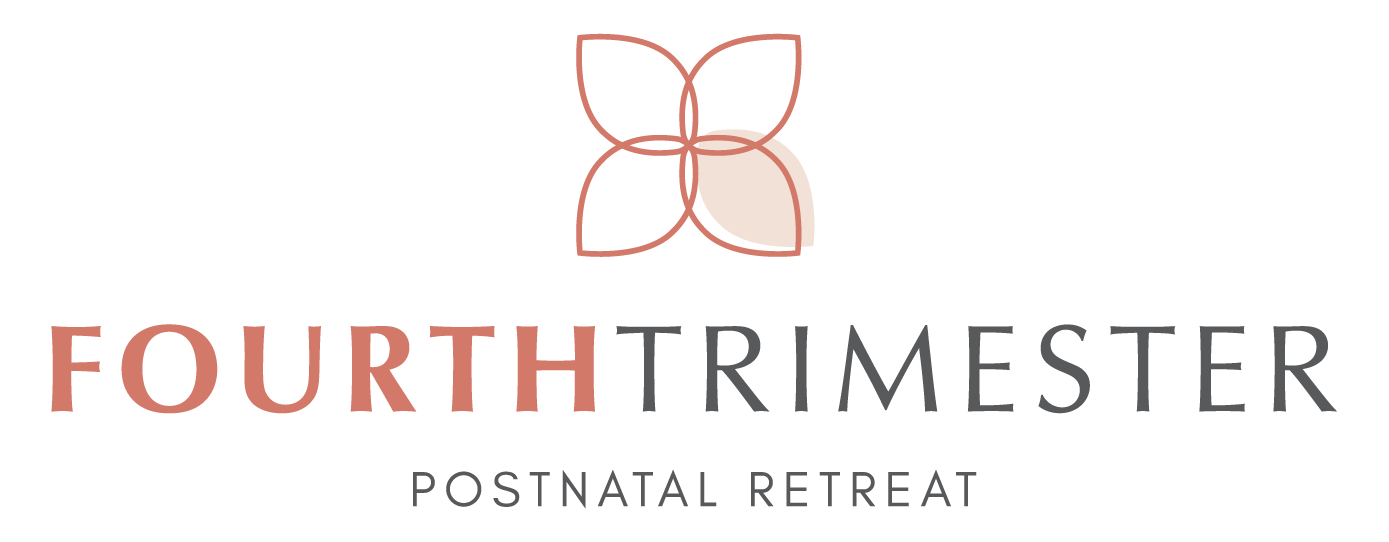There are so many options to choose from when it comes to bottles! Let us take out some of the guesswork for you based on what we know about breastfeeding and oral motor skills. We recommend selecting bottle nipples that support a wide latch for more efficient feeding and optimal use of facial muscles in skill development. The shape of the nipple plays a crucial role in promoting correct sucking patterns and preventing issues such as shallow latching as well as promoting healthy oral motor posture.
Optimal Nipple Shapes:
Rounded, Gradually Tapered Nipple:
-
- Why: A gradual slope from tip to base in a cylindrical shape is optimal for all babies. This shape is ideal for breastfed babies as it encourages correct lip flanging and allows the baby to take a large portion of the nipple into their mouth with a wide latch. Remember, at the breast, baby should open their jaw and latch onto a portion of the areola in order to effectively remove milk – not just the tip.
- Examples: Pigeon, Lansinoh, Evenflo Balance+, LactationHub GentleFlow+
Narrow Nipple Down to the Bottle Collar:
-
- Why: Suitable for all babies, but especially preterm babies or those with oral motor function struggles, ensuring the entire nipple is in the baby’s mouth.
- Examples: Dr. Brown’s Narrow Neck, Similac (though these are not vented so should not be used indefinitely)
Not Recommended Nipple Shapes:
Narrow Nipple Tip to an Abrupt Wide Base:
-
- Why Not: While these bottles are often advertised as looking like a breast, they often hinder a deep latch as babies typically suck just the tip like a straw without opening their jaw. Other babies may struggle to fit the base into their mouths, leading to air pockets at the junction of the tip and the base and potential latch problems.
- Examples: Comotomo, Olababy, Boon Nursh, Tommee Tipee, Nanobebe, Nuby Comfort, Chicco Natural Fit
Flattened, Creased, or Pinched Bottle Nipple:
-
- Why Not: These bottle nipples can encourage a shallow, chomping latch with the nipple pinched between the tongue and the hard palate as opposed to being fully drawn back to where the hard meets the soft palate. If your nipple looked like this after breastfeeding, most likely you would be experiencing pain and nipple damage as well as inefficient milk transfer.
- Examples: Nuk, Minbie, Mam
Overly Soft, Stretchy, Flexible Material
-
- Why Not: The nipple material may collapse and sink inward, making it challenging to get a deep latch, hindering the flow. This may result in frustration, air intake, and leaking. Also, thin and stretchy silicone degrades more quickly than other bottle nipples and could be pierced by teeth.
- Examples: Emulait
Remember, the goal is to mimic a wide, deep latch similar to breastfeeding to prevent confusion and ensure a smooth transition between breast and bottle. However, if your baby will only take a specific bottle, ultimately you should stick with what gets them fed! And some babies will go back and forth between a less “ideal” bottle nipple shape and the breast with no issues. If baby is successfully breastfeeding, no need to worry about switching to a different bottle. If you are struggling with breastfeeding or baby is having difficulty with bottle feeding, reach out to a lactation consultant for guidance.
– Katie Billingsley, CCC-SLP, CBS
Katie Billingsley is a Certified Breastfeeding Specialist and a member of Fourth Trimester Postnatal Retreat’s care team.
Click here to learn more about Katie and our team at Fourth Trimester.





